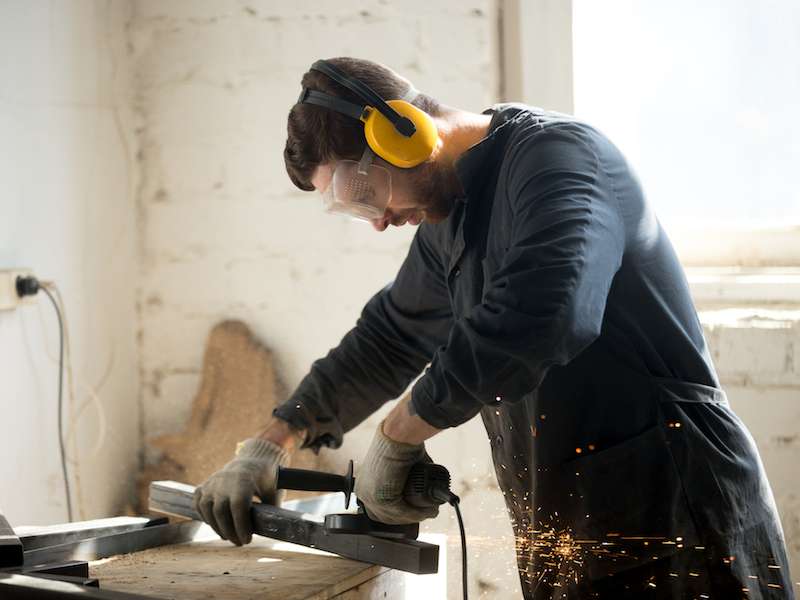
What prevents your hearing protection from working correctly? Look out for these three things.
Despite your best efforts, you can sometimes run into things that can mess with your hearing protection, both at home and at the job. That’s hard to deal with. After all, you’re trying to do what you’re supposed to do! You wear your earmuffs every day at work; you use earplugs when you go to a concert; and you avoid your raucous Uncle Joe who is constantly yelling in your ears (although, perhaps you just don’t really like Uncle Joe).
The point is, it can be a bit frustrating when you’re doing everything right and still there are obstacles. The nice thing is that once you know about some of these simple challenges that can mess with your hearing protection, you can better prepare yourself. And this will keep your hearing protection working effectively even when you’re experiencing a little trouble.
1. Using The Wrong Type of Hearing Protection
Hearing protection comes in two standard kinds: earmuffs and earplugs. As the names might indicate, earplugs are small and can be inserted directly into the ear canal. Earmuffs look like a set of 70’s headphones, but instead of music, they provide protection for your hearing by muting outside sound.
- When you’re in a situation where noise is relatively constant, earplugs are suggested.
- Earmuffs are recommended in cases where loud sounds are more irregular.
There’s a simple explanation for that: when there’s no noise, you’ll want to remove you’re hearing protection which is more difficult to do with earplugs than earmuffs. Earplugs are incredibly easy to misplace (especially if they’re cheap and disposable anyway), so you don’t want to be in a scenario where you remove an earplug, misplace it, and then need it later.
You will be fine if you use the correct protection in the right situation.
2. Your Anatomy Can Impact Your Ear Protection
Human anatomy is amazingly varied. That’s why your vocal cords are more normal sized compared to old Uncle Joe’s larger vocal cords. That’s also why you might have a smaller than average ear canal.
And that can mess with your hearing protection. Disposable earplugs, for instance, are made with a clothing mindset: small, medium, and large (if not one-size-fits-all). And so if you have rather tiny ear canals, you may have a difficult time getting those earplugs to fit, causing you to give up entirely and in frustration, throw them away..
This can leave you exposed to risk, undermining the hearing protection you were trying to give yourself. Another example of this is individuals with large ears who frequently have a difficult time getting earmuffs to fit comfortably. If you’re in a noisy setting regularly, it might be worth investing in custom ear protection personalized to your ears.
3. Assess if There’s Any Wear And Tear on Your Hearing Protection
You should be commended if you manage to wear your hearing protection regularly. But that also means you need to keep an eye on the wear and tear your hearing protection is experiencing.
- Check the band on earmuff protection. When the elastic is worn out and the band is failing to hold the earmuffs snug, it’s time to switch out the band.
- Replace cushions on earmuffs every now and then (typically, when those cushions aren’t pliable, they’re ready for the heave-ho).
- Clean your hearing protection. Earwax serves a practical purpose in your body but it can also build up on your hearing protection. Just make certain that you wash properly; if you’re cleansing an earmuff set, take apart the earmuffs. Be mindful not to drop your earplugs into the drain.
Ensuring you carry out routine maintenance on your hearing protection is vital if you want to continue benefiting from that protection. If you have any questions or how to do that, or how to make sure you’re ready for things that can hinder your hearing protection, it’s a smart idea to have a frank conversation with a highly qualified hearing professional.
Your hearing is vital. It’s worth taking the time to protect it properly.
[blogcta]
